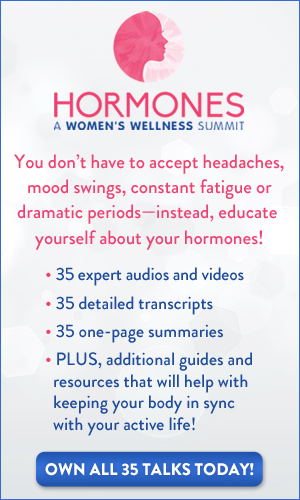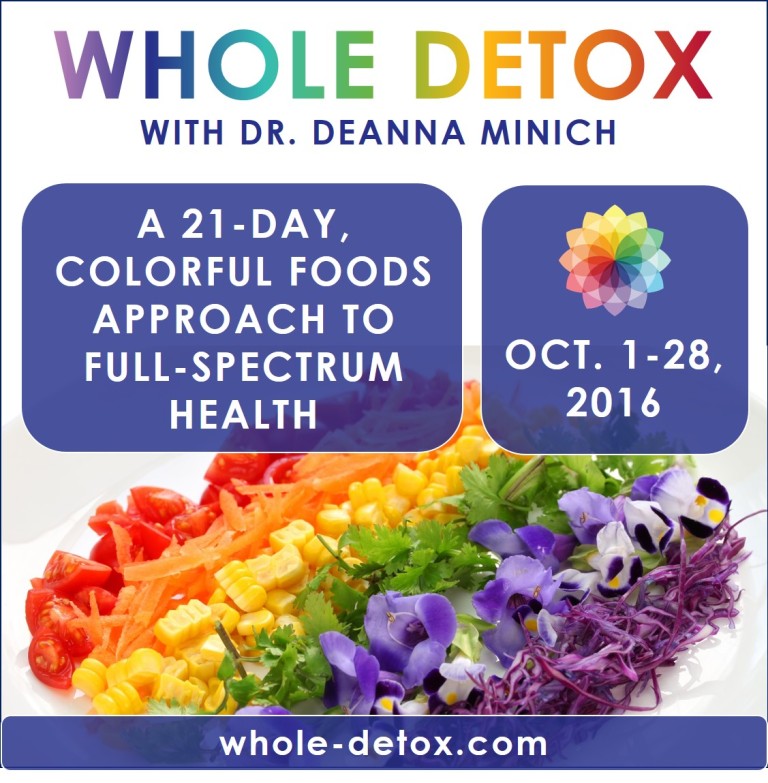Natural Remedies for Your Menopause Symptoms
Healthy Recipes For Menopause
Healthy recipes for balancing your hormones in menopause start with whole foods.
What are whole foods?
Simply put they are foods that don't get processed or come in a package. They are foods as nature provides them and all their edible parts. One way to define them is anything that has only one ingredient like whole grains, beans, vegetables, fruits, nuts, and seeds.
When it comes to animal products, a whole food means an egg - not just the whites. It means a small fish like a sardine if you eat the head and bones. Or it means a small bird like a quail.
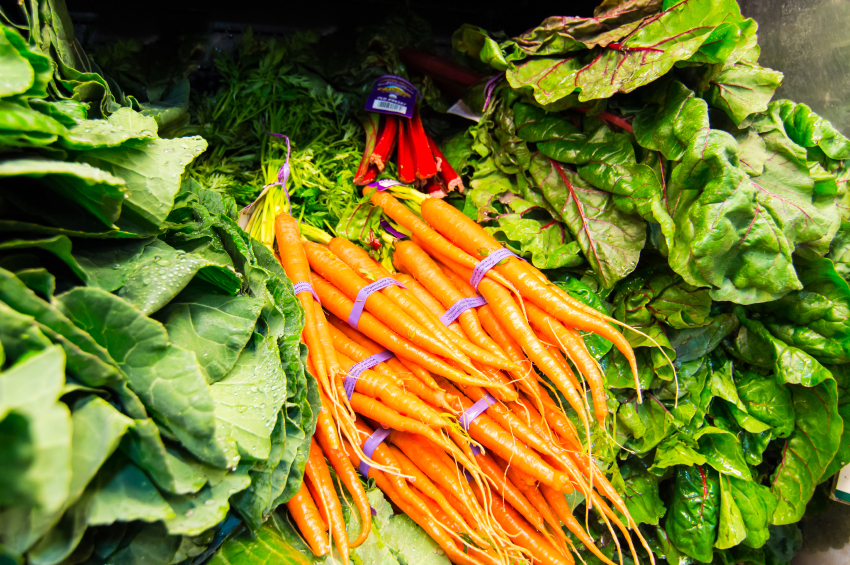
Whole milk is a whole food but not low-fat dairy since part of the food designed by nature has been processed to remove a major component - fat.
Whole foods have hundreds of healthy components. Western science would like to analyze all those "active ingredients," repackage them in pill or powders, and prescribe them in daily doses.
But according to Annemarie Colbin, Ph.D. that doesn't really work because a whole food is much greater than the sum of its parts.
Why does eating the whole food matter?
In her book Food and Healing, Dr. Colbin teaches that your body knows the difference between a whole food and an aggregation of isolated nutrients.
Humans have evolved over thousands of years to eat the food as nature presents it. If that food has been split apart or "fragmented," the body knows and goes looking for the missing parts.
For example, Dr. Colbin suggests that if you eat fragemented wheat like white bread, where the bran and germ of the whole grain have been removed, your body will still be hungry and seek the missing parts of the food. It will go looking for the fiber or crunch.
Whole Foods Help Control Cravings
When you eat a fragmented food your body knows. It wants what's missing. This can set you up for cravings.
Fruit juices are one example. When you drink orange juice, all of the fiber from the fruit is missing and your body will crave something to chew on. This may set you up for a craving for something crunchy like chips.
Why Health Nuts Crave Junk Food

In fact, this problem can affect people who are trying really hard to be healthy. If you juice your veggies you may crave chips or pretzels because the fiber is missing.
And health nuts who devour wheat germ or wheat bran will feel something is missing. They may crave refined flour in the form of cake or cookies at night.
Dr. Colbin warns it may happen with vitamins and supplements too. Although they may have a place at certain times to treat a condition or a deficiency, they are also fragments of food. Your body may have difficulty processing these isolated nutrients outside of the whole food.
And over time they may set you up for junk food cravings to balance out too many vitamins or minerals.
What to do? Dr. Colbin advises using vitamins and supplements when required, but not every day and not forever.
Healthy Recipes Using Whole Foods
In order to maintain the balance of your hormones, it's important to keep your whole body in balance. You can do that using nature's own perfectly balanced whole foods in your healthy recipes.
But nobody's perfect. Aim for 70% whole foods in your diet.
Here are some healthy recipes with whole foods to get you started. They're simple, easy, and delicious!
Breakfast
Morning Sausage and Kale
Scrambled Eggs and Spinach
Raw Cacao Smoothie
Starters
Vegetable Spring Rolls With Spicy Szechuan Peanut Sauce
Soups
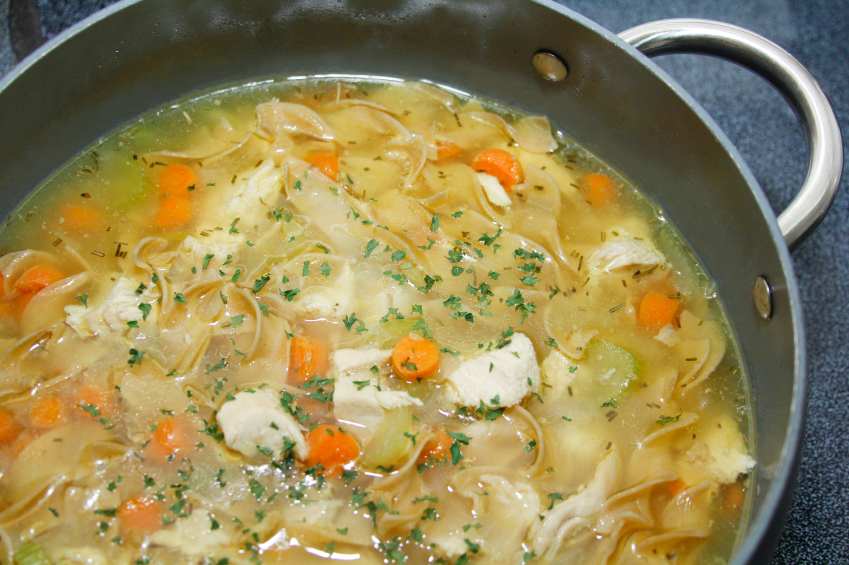
Salads
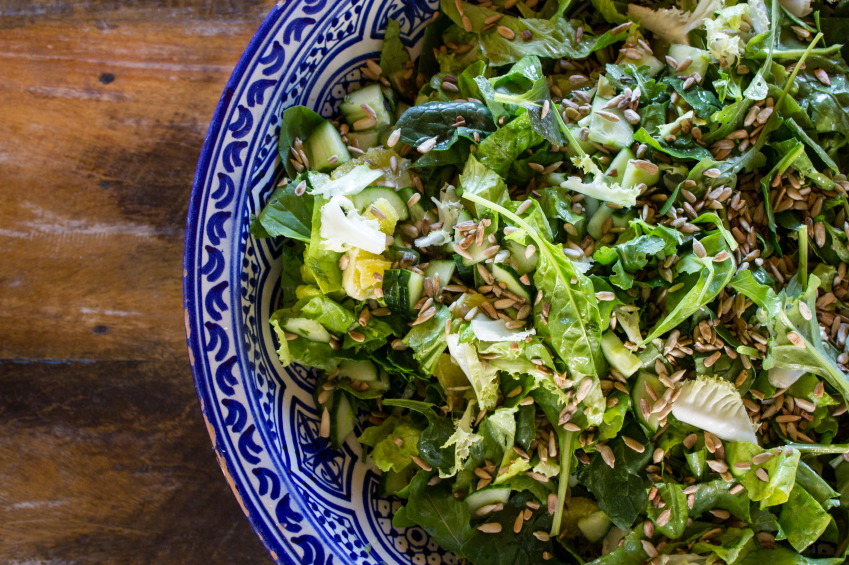
Tahini Lemon Dressing
Black Bean and Avocado Salad
Northern Italian Quinoa Salad
Kale Salad With Lemon Garlic Dressing
Strawberry, Spinach, and Sesame Salad
Main Courses
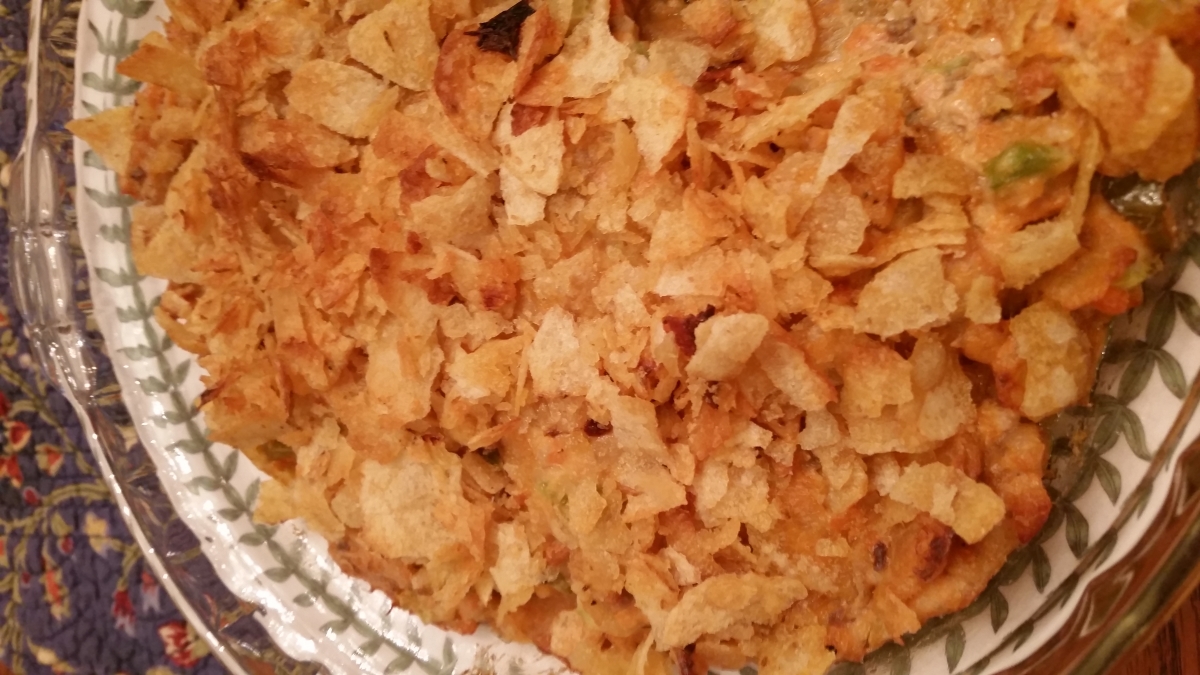
Beef and Arugula Stir Fry
Roast Turkey and Kale
Whole Grains
Easy Fried Brown Rice
Quinoa Tabouleh
Vegetables
Lemon Broccoli and Avocado
Gingered Green Beans With Hijiki



